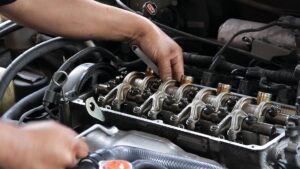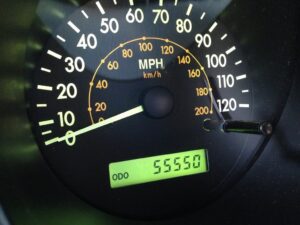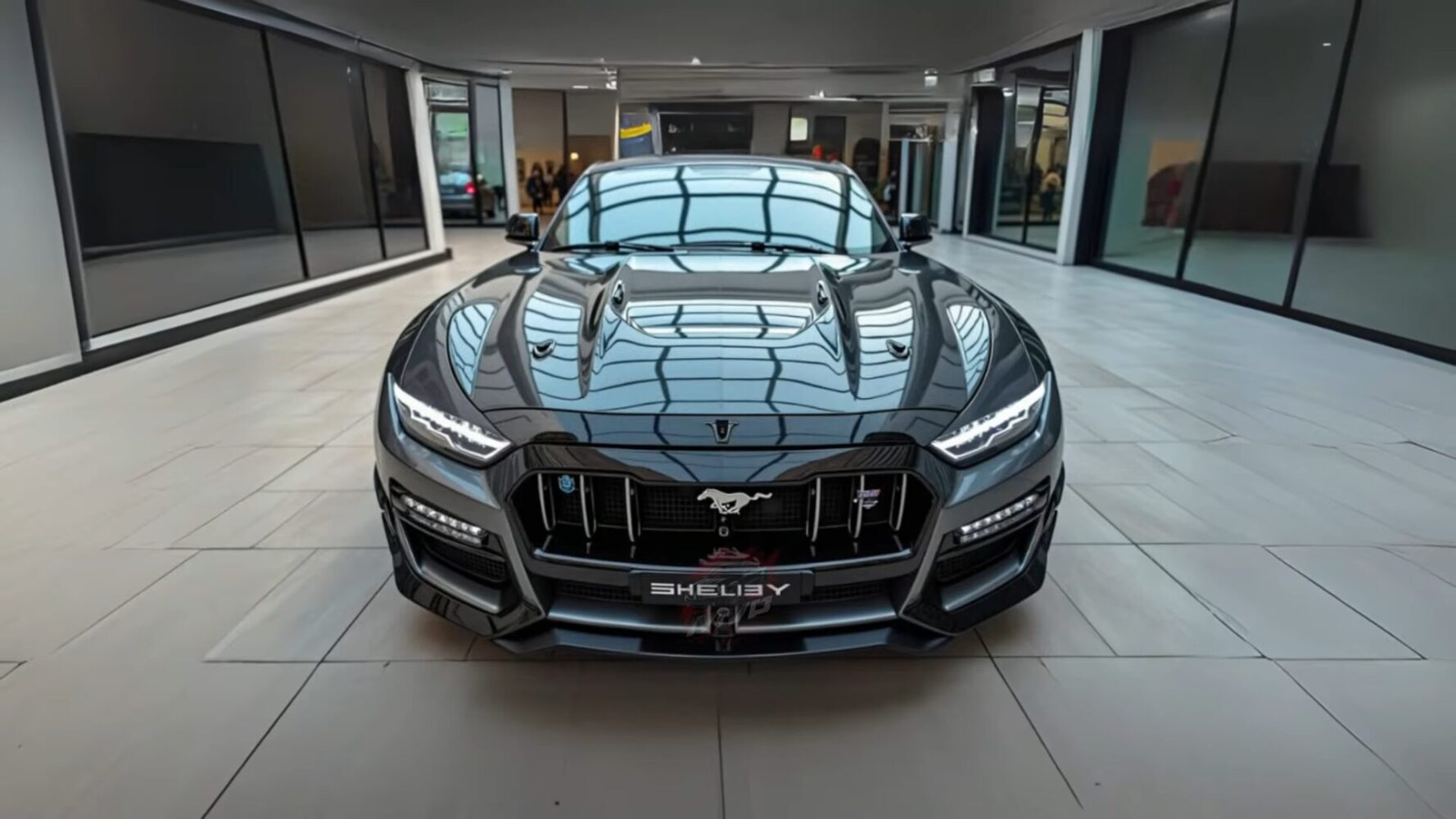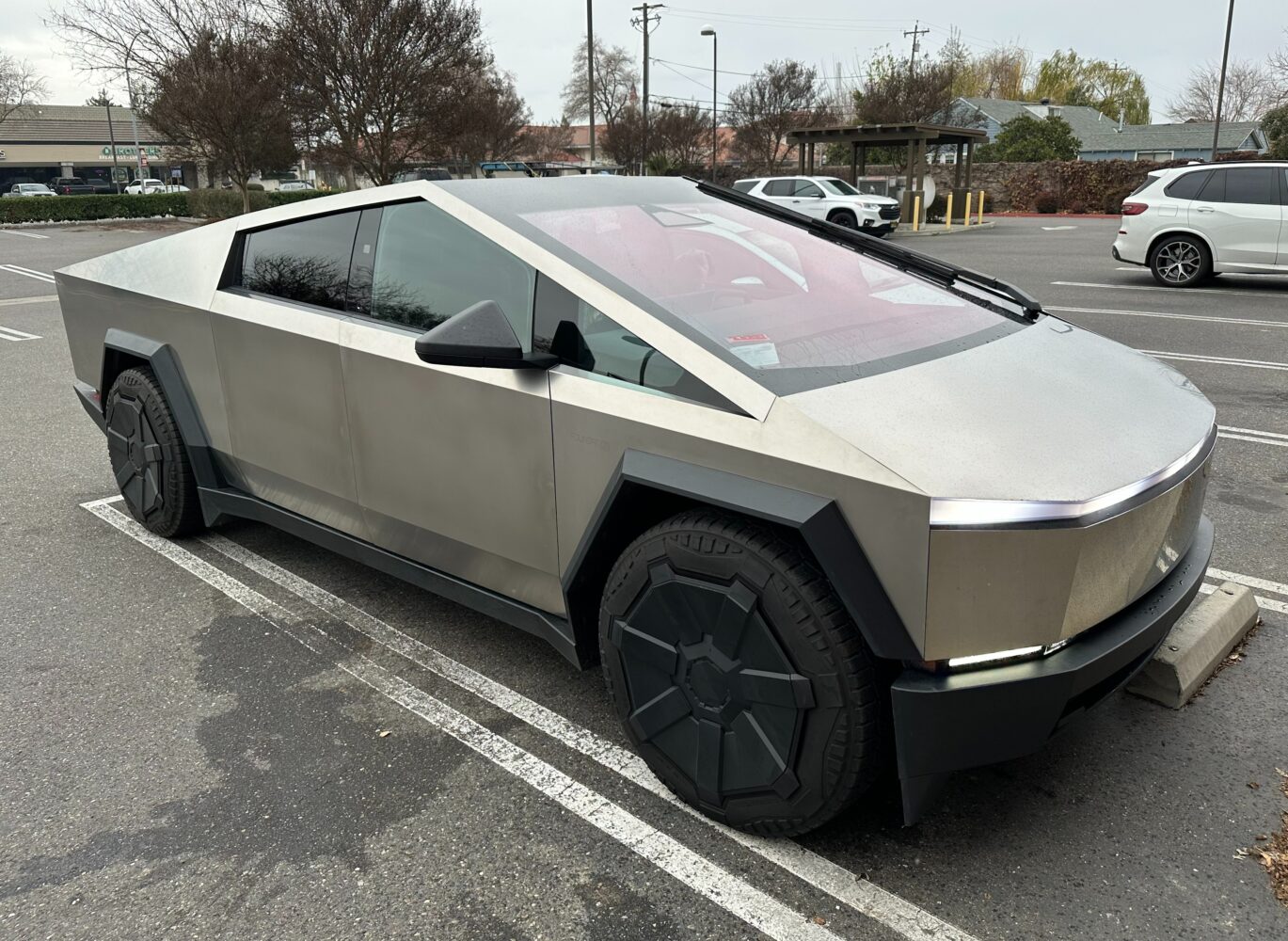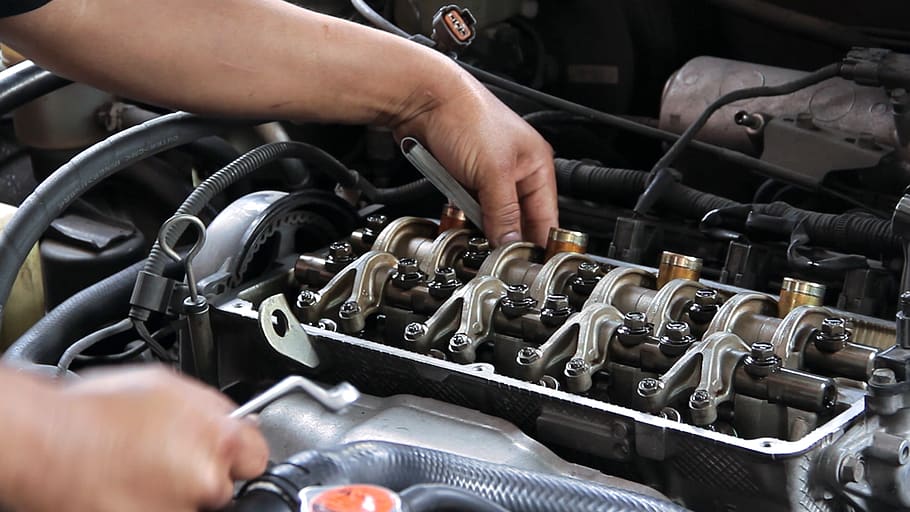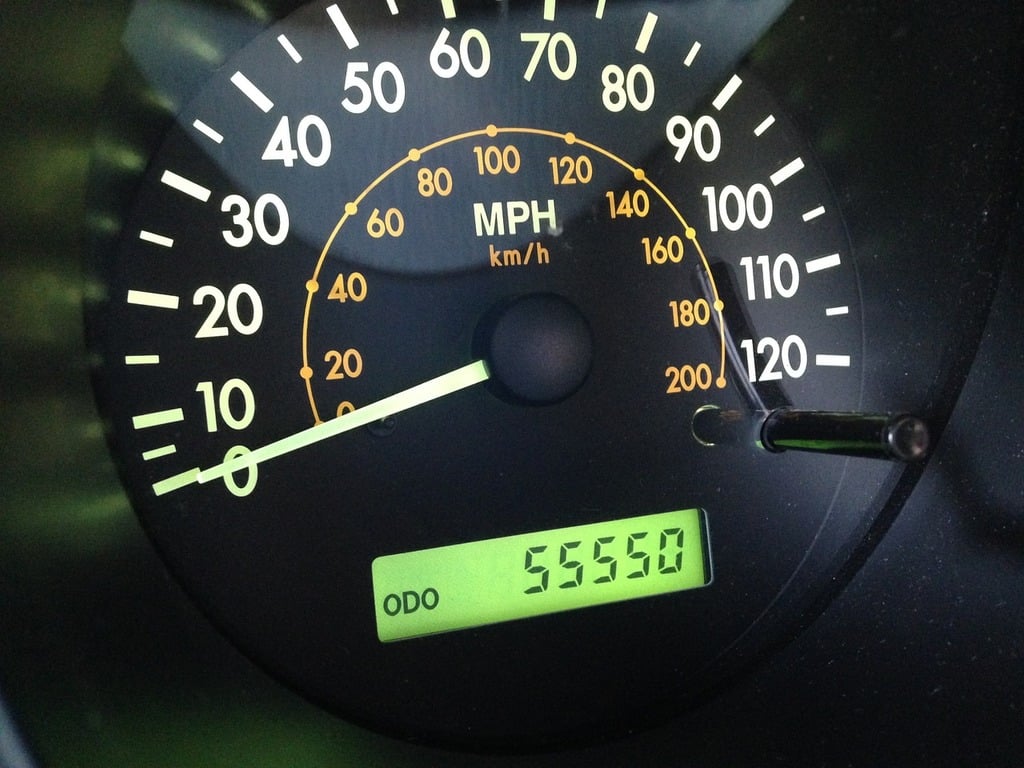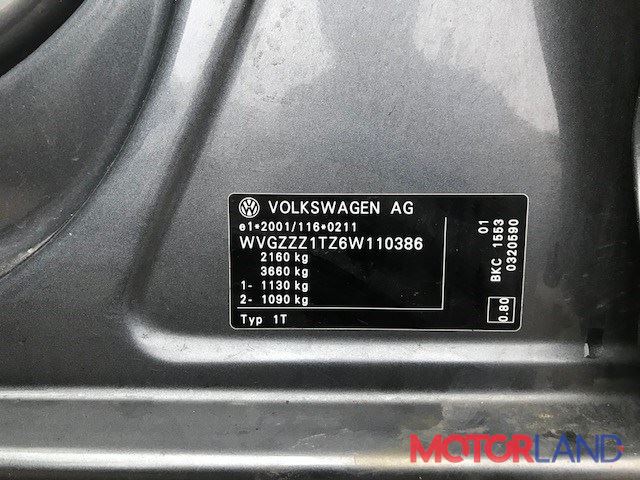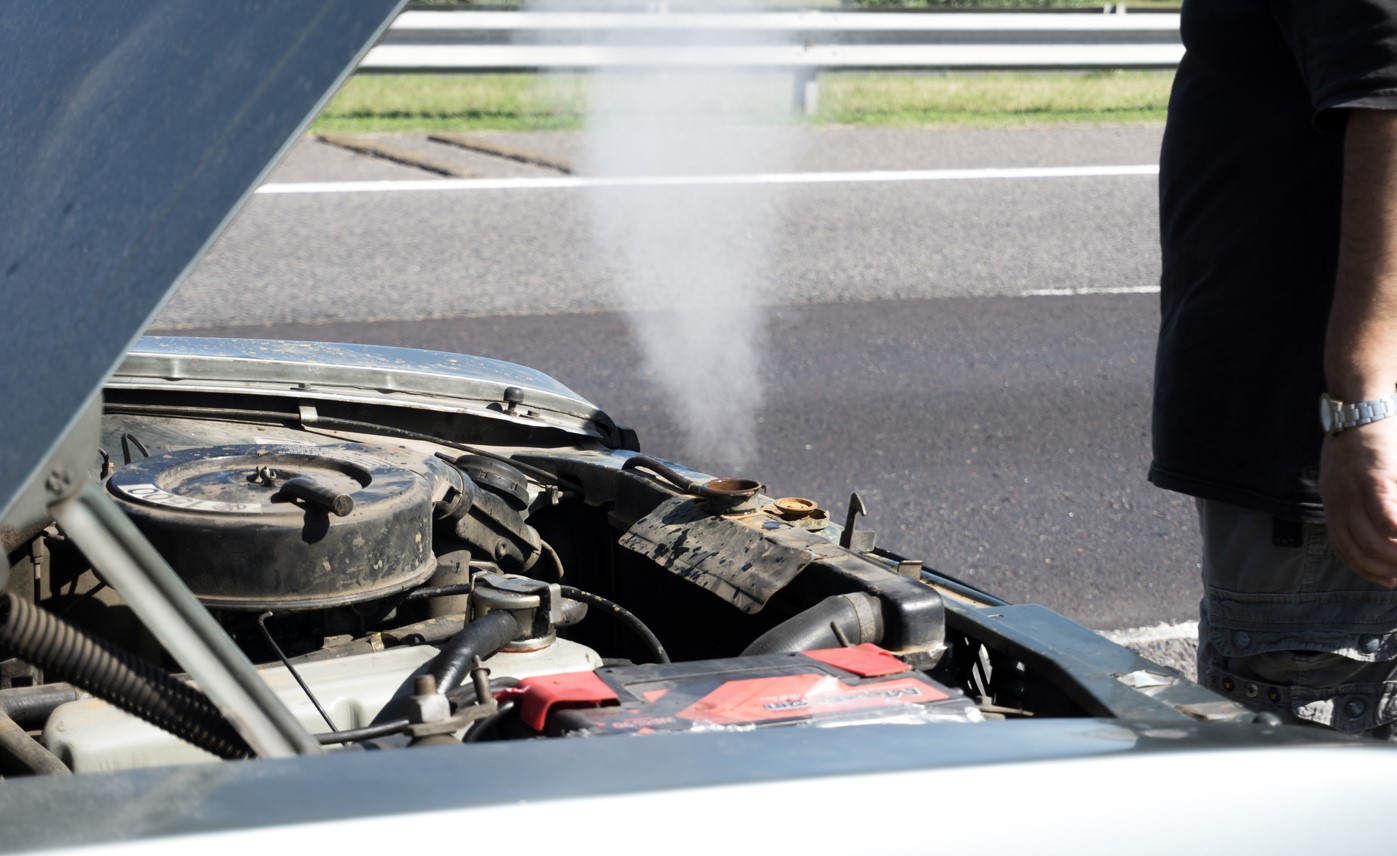Ah, the thrill of the hunt! For us classic car collectors, it’s not just about owning a piece of history; it’s about authenticating it, preserving it, and understanding its unique story. But what happens when the Vehicle Identification Number (VIN), that crucial key to a car’s past, is missing or obscured? Fear not, fellow enthusiasts! This guide is your treasure map to finding those elusive hidden VINs, ensuring your prized possession is exactly what you think it is. We’ll tackle the common challenges – rust, amateur restorations, and the simple passage of time – and equip you with the knowledge to become a VIN-sleuthing pro.
Key Takeaways:
- Hidden VIN Locations: Learn where manufacturers strategically placed VINs beyond the obvious dashboard location.
- Authentication Power: Discover how finding and verifying these hidden VINs can solidify your car’s provenance and value.
- Restoration Confidence: Gain the ability to ensure your restoration efforts maintain the vehicle’s original identity.
- Fraud Prevention: Protect yourself from misrepresented or illegally altered vehicles by knowing how to spot inconsistencies.
Understanding the Basics of How to Find Hidden VIN Numbers on Classic Cars
Think of a VIN as a car’s DNA. It’s a unique 17-character code (though older cars may have shorter VINs) that reveals a wealth of information: manufacturer, year of production, assembly plant, model, and even specific options. But here’s the kicker: manufacturers often stamped partial VINs or other identifying numbers in multiple hidden locations on the chassis and body panels. These aren’t always in plain sight. We’re talking about stamped into the frame rails, under the seats, on the firewall, or even inside the trunk lid. Imagine it like an Easter egg hunt, but instead of chocolate, you’re finding crucial pieces of your car’s identity. For example, a ’67 Mustang might have a partial VIN stamped on the inner fender apron, hidden beneath layers of paint and undercoating.
Importance and Implications
Why go through all this trouble? Because finding these hidden VINs is paramount for several reasons. First and foremost, it’s about authentication. A matching VIN across multiple locations is a strong indicator of originality. This is crucial for establishing the car’s value, especially for rare or highly sought-after models. Secondly, it’s about restoration accuracy. Knowing the original VIN allows you to ensure that replacement parts and modifications are period-correct, preserving the car’s historical integrity. Finally, it’s about protecting yourself from fraud. A mismatched or missing VIN can be a red flag, suggesting the car may have been stolen, re-bodied, or otherwise misrepresented. Imagine investing a fortune in a supposed Shelby Cobra, only to discover the VINs don’t match, revealing it to be a cleverly disguised replica. Ouch!
Practical Applications or Strategies
Alright, let’s get our hands dirty! Here’s a step-by-step approach to finding those hidden VINs:
- Research: Start by researching the specific model you’re investigating. Online forums, owner’s manuals, and marque-specific clubs are invaluable resources for learning common hidden VIN locations.
- Visual Inspection: Begin with a thorough visual inspection. Use a bright flashlight and a magnifying glass to examine areas like the frame rails, firewall, inner fenders, and trunk floor. Look for stamped numbers or letters.
- Surface Preparation: If you suspect a VIN is hidden beneath paint or undercoating, carefully remove the layers using a mild solvent and a soft brush. Avoid harsh chemicals or abrasive tools that could damage the metal.
- Documentation: Once you find a hidden VIN, document it thoroughly. Take clear photos and record the location and the number itself. Compare it to the main VIN to verify its authenticity.
- Seek Expert Help: If you’re unsure about anything, don’t hesitate to consult with a classic car appraiser or a VIN verification specialist. They have the expertise and tools to accurately identify and authenticate VINs.
Common Pitfalls to Avoid:
- Aggressive Cleaning: Avoid using harsh chemicals or abrasive tools that could damage the metal and obscure the VIN.
- Misinterpreting Numbers: Be careful not to misread stamped numbers, especially if they’re partially obscured or corroded.
- Ignoring Inconsistencies: Any discrepancies between the main VIN and the hidden VINs should be investigated thoroughly.
Expert Insights or Case Studies
I once consulted on a case involving a beautifully restored 1969 Camaro Z/28. The owner had purchased it at auction, confident in its authenticity. However, a closer inspection revealed that the hidden VIN on the firewall didn’t match the dashboard VIN. Further investigation revealed that the car had been re-bodied using a non-Z/28 chassis. While the restoration was impeccable, the car’s value was significantly diminished due to its lack of originality. This case highlights the importance of verifying hidden VINs, even on seemingly perfect restorations.
Decoding the Data Plate
Beyond the VIN itself, many classic cars feature a data plate (also known as a trim tag or cowl tag). This plate, usually found on the firewall or door jamb, contains valuable information about the car’s original paint color, trim level, and production date. While not a VIN, the data plate can corroborate the VIN and provide further insights into the car’s history. Learning to decode these data plates is another valuable skill for the discerning classic car collector.
Conclusion:
Finding hidden VINs is more than just a technical exercise; it’s a crucial step in preserving automotive history and protecting your investment. By understanding the basics, applying practical strategies, and seeking expert help when needed, you can confidently authenticate your classic car and ensure its legacy for generations to come. So, grab your flashlight, put on your detective hat, and start digging! The truth is out there, waiting to be discovered.
Frequently Asked Questions:
What is How to Find Hidden VIN Numbers on Classic Cars?
It’s the process of locating and verifying the Vehicle Identification Number (VIN) in various hidden locations on a classic car to confirm its authenticity and originality.
Why is How to Find Hidden VIN Numbers on Classic Cars important for Classic car collectors?
It helps ensure the car is genuine, protects against fraud, and preserves its historical value.
How can I apply the concepts of How to Find Hidden VIN Numbers on Classic Cars in my context?
Research your specific car model, inspect common hidden VIN locations, carefully remove any obstructions, and document your findings.
Where can I learn more about How to Find Hidden VIN Numbers on Classic Cars?
Consult online forums, owner’s manuals, marque-specific clubs, and classic car appraisers.



